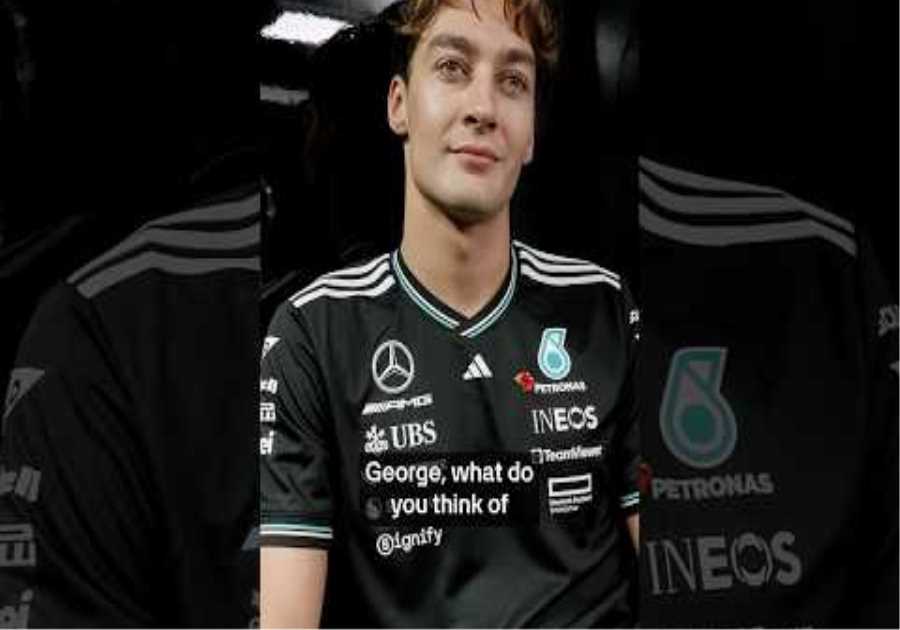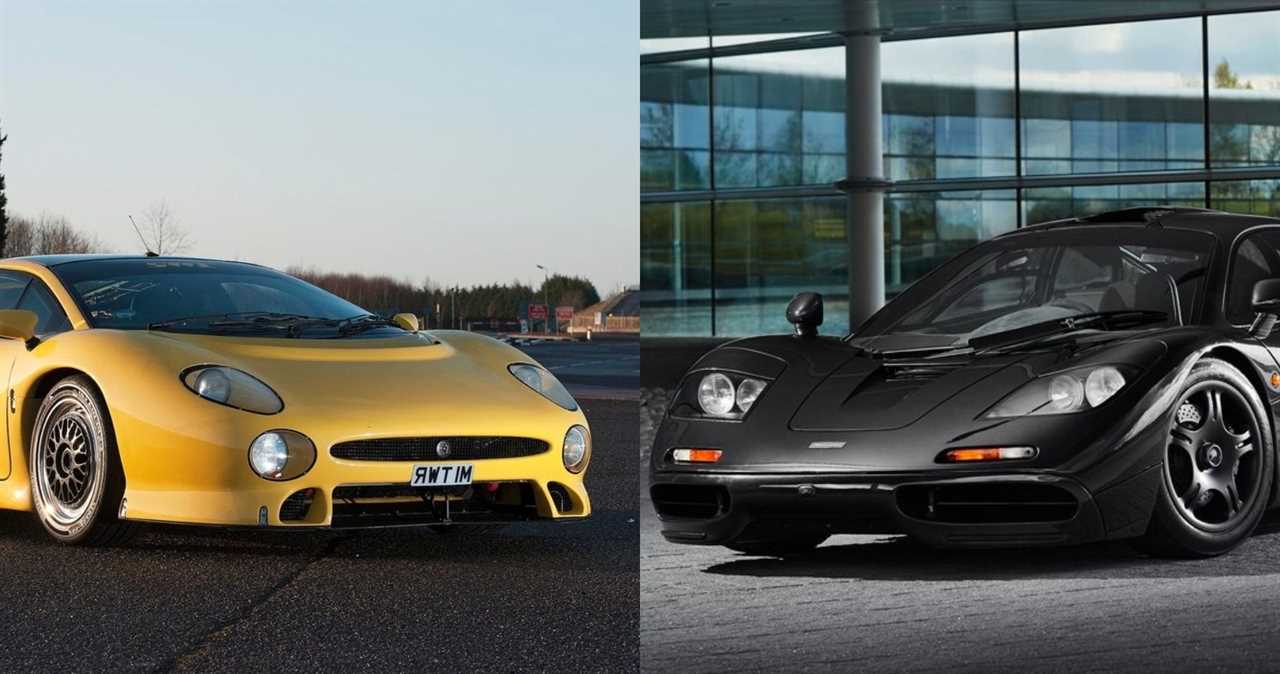
jaguar made its debut in the supercar segment with the launch of the XJ220, and it marked a pivotal moment in the carmaker’s history. The corporation was working on a tremendously successful motorsport program when it was conceived in the late 1980s, and it also won Daytona and Le Mans in 1988 with the renowned XJR-9 Group C racing car. In the same year, the carmaker unveiled a concept for a mid-engine all-wheel-drive car based on the XJR-9’s engine, the XJ220 fastest, and it soon became the Jaguar and production automobile in the world. The McLaren F1, on the other hand, was the company’s first road-going production car that made its debut in May 1992. Gordon Murray’s brainchild, the technical director of McLaren’s Formula One, who first sketched the F1 as a three-seater supercar in the late 1980s. It was also one of the finest sports cars of all time, a ground-breaking machine that continues to set the standard for supercars even today. McLaren Automotive, a spin-off of the racing team, developed the F1 from 1994 to 1998. The F1 became the fastest production automobile in history with a maximum speed of 240.1 MPH, a record it would keep until 2005.
Jaguar’s XJ220 was designed to deliver a top speed of 217 MPH, while the McLaren F1 could touch the 240.1 MPH mark, clearly winning in the speed segment. Here’s a look at the other heart-pounding features offered by these cars.
Jaguar XJ220 vs McLaren F1: The Design
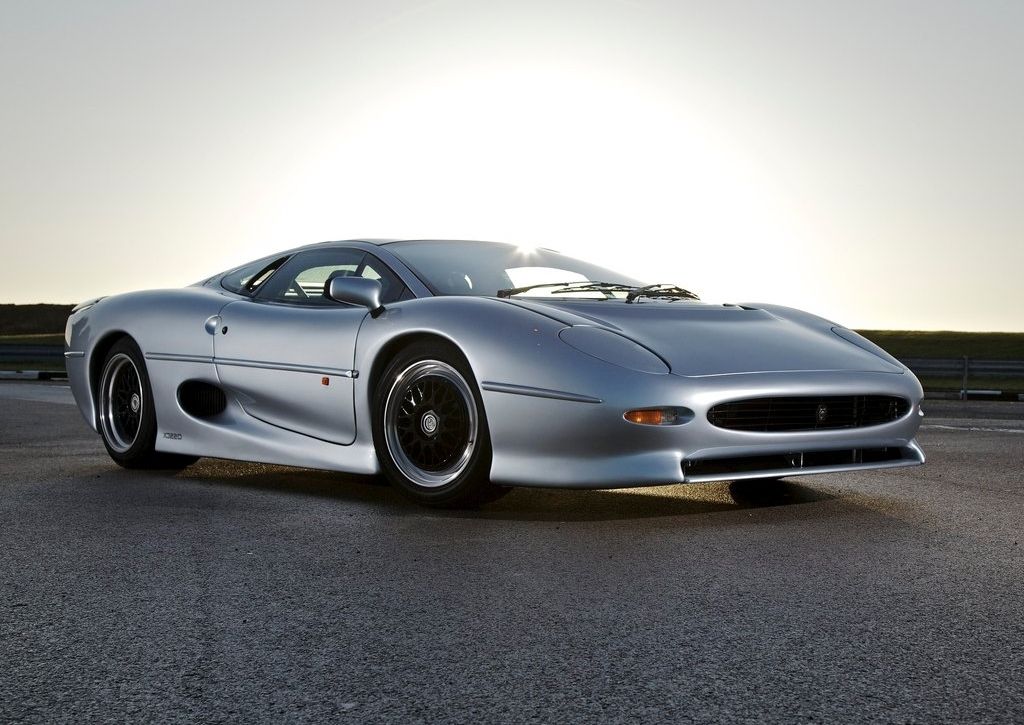
The XJ220 prototype was shown at the Birmingham Motor Show, and it wowed the world with its stunning appearance and impressive features. Unlike the company’s XJR-15, which was built on a race vehicle, Jaguar refused to use a carbon-fiber tub for the XJ220. As a result, the XJ220 has a roomier cabin and narrower sills, much like an actual road vehicle. The Xj220 was the best-handling road-going sportscar, with double-wishbones and in-board dampers controlled by rocker arms, mid-engined balance, and unassisted rack-and-pinion steering.
The XJ220 was designed by Mark Lloyd and revised by Keith Helfet. The design blended the smoothness of the E-type with a futuristic appearance not seen before in Jaguar. Randle developed a performance-shaped framework out of cardboard, which he then had body designer Keith Helfet design. Both saw this project as a spiritual successor to the XJ-13, a mid-engine prototype from the 1960s. Although several elements from the XJ-13 were used, like the exposed engine and purposeful bodywork, Helfet made the XJ220’s form quite contemporary. Gordon Murray, the head of McLaren Cars, was instrumental in creating F1. It was unlike any other supercar that had been released up until that date. It had a race-inspired design, three seats with the driver’s seat in the center, and a decent ride for a vehicle of its type. It was also the first production automobile to employ a carbon-fiber monocoque chassis and the first to combine high-tech and pricey materials like titanium, magnesium, Kevlar, and gold.
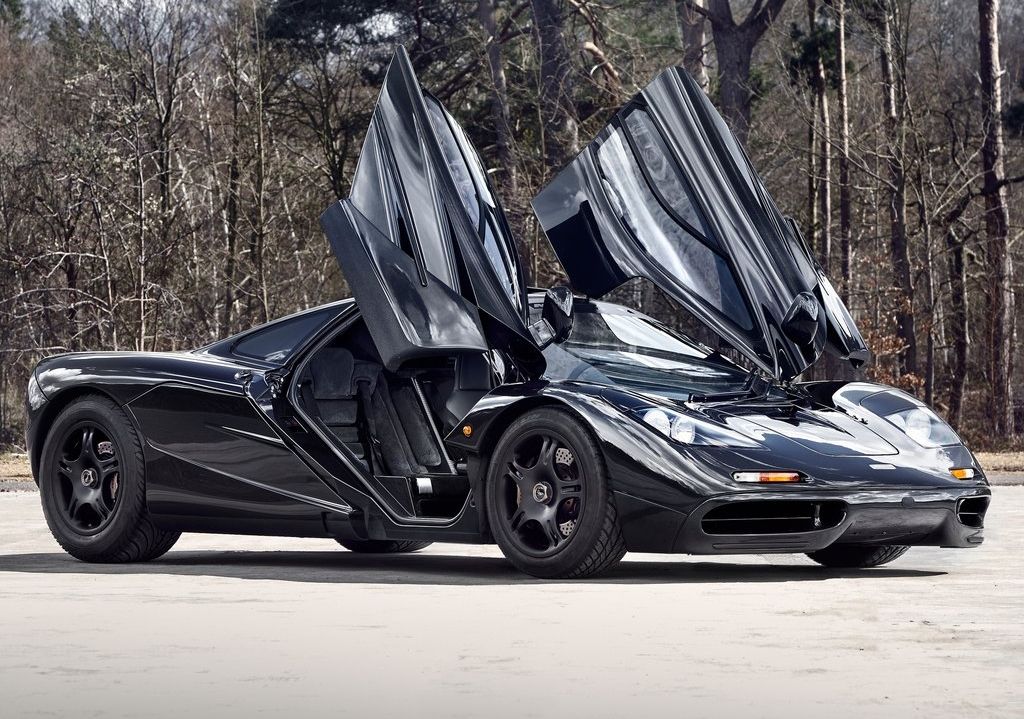
Chief engineer Gordon Murray’s design approach was common among high-performance automotive designers: minimal weight and tremendous power. This was accomplished by employing high-tech and exotic materials like carbon fiber, titanium, gold, magnesium, and kevlar. The F1’s unconventional three-seat cockpit and butterfly doors seemed exotic as its carbon-fiber monocoque shell. Murray used gold foil to shield the carbon body from probable heat-induced deformation in the engine compartment. This McLaren came standard with a slew of personal conveniences, including air conditioning, an electric defroster, remote locking, and a CD changer. The driver’s seat in the middle was custom-made for each owner, made of carbon fiber and upholstered with Connolly leather. The manufacturer also customized the pedal and steering wheel adjustments.
Jaguar XJ220 vs McLaren F1: The Engine
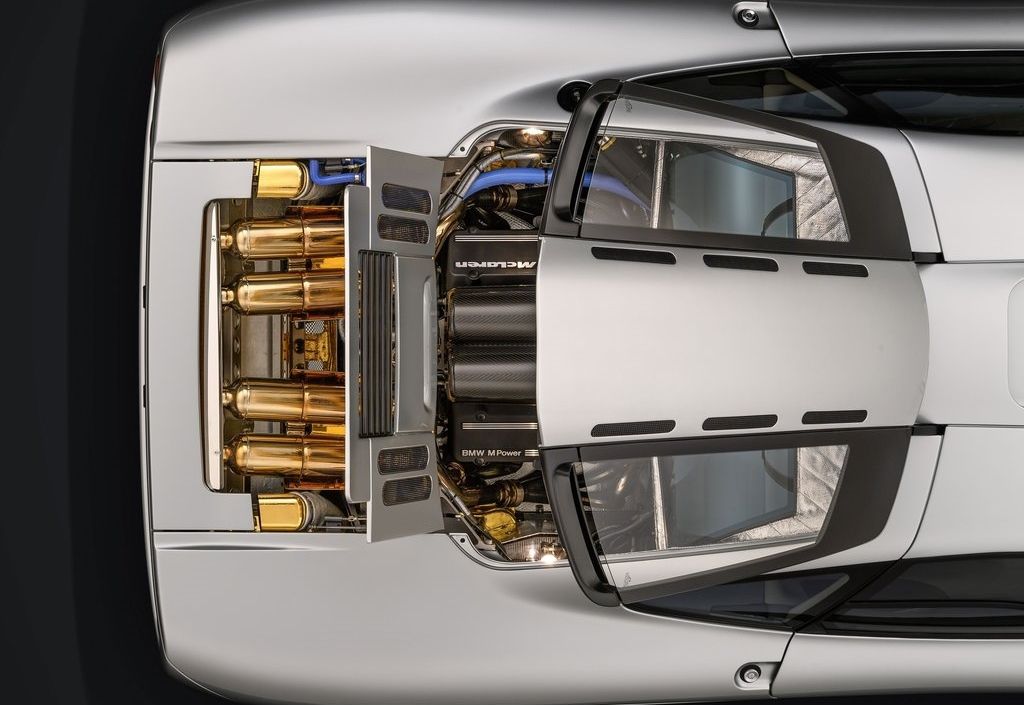
The XJ220’s prototype was launched with a 6.2-liter V12 engine from the XJR program, which was linked to an unique all-wheel-drive system. The engine had a total output of 500 HP. However, the production version featured a 3.5-liter twin-turbo V-6 from the 6R4 instead of the V-12. The new compact engine offered a lowered wheelbase, reduced weight, and increased power and torque. The all-wheel-drive system was also dropped, leaving only rear-wheel drive and a six-speed manual transmission.
McLaren F1, on the other hand, was powered by BMW’s engine. Murray reportedly approached BMW Motorsport to develop a 6.1-liter V-12 for the F1 based on the M70 engine and produced 550 HP. The BMW M designed a powertrain that weighed about 586-lbs that proved to be more potent than the carmaker expected. Giving a fantastic output of 627 HP and 480 lb-ft of torque, an incredible number for the early 1990s, and what makes them even more impressive is the weight of the supercar, which came around 2,500-lbs. Further, the V12 engine was coupled to a six-speed manual transverse gearbox with an AP carbon triple-plate clutch and a Torsen limited-slip differential to enhance the output.
Jaguar XJ220 vs McLaren F1: The Legacy
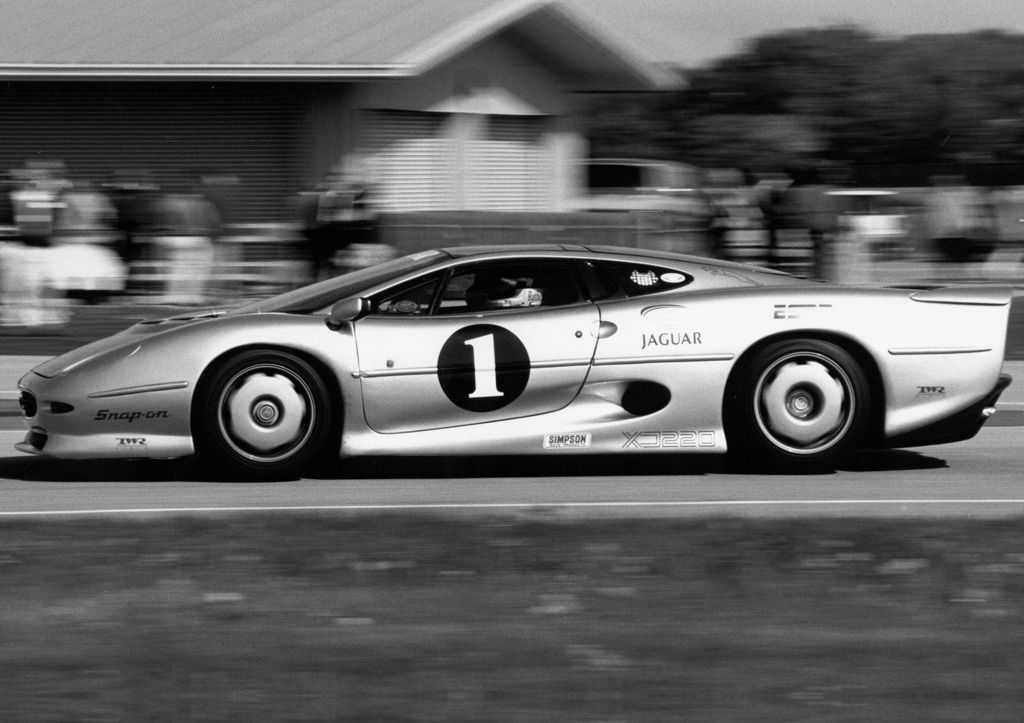
Jim Randle, Jaguar’s product development chief, came up with the concept for a supercar. It was a fantastic idea back then, but Jaguar’s financial circumstances prevented it. Randle sought the assistance of 12 volunteers, including engineers and stylists, who worked on the project in their own time. The team was also known as the “Saturday Club” because they conducted their meetings on Saturdays. Nonetheless, the XJ220’s most noteworthy feature was its speed. It accelerated from 0-60 MPH in 3.6 seconds and 0-100 MPH in 7.9 seconds. Both these numbers were world records at the time. Its 0-100 MPH time is better than its arch-rival, the Bugatti EB110GT. As for top speed, Jaguar achieved a new world record of 212.3 MPH at Italy’s Nardo test track and even 217.1 MPH after removing the catalytic converters. On March 31, 1998, the McLaren F1 achieved the world record for the fastest production automobile at 240 MPH. In terms of actual top speed, the vehicle has been surpassed by three supercars as of April 2009, yet it remains the fastest naturally aspirated production car. Even though the F1 was intended to be a road vehicle, client demand resulted in a racing variant. The resulting McLaren F1 GTR won Le Mans on its maiden attempt in 1995.
The Jaguar XJ220 and McLaren F1 were the most impressive supercars of the 90s due to their futuristic concept and advanced engineering. The aerodynamic design coupled with massive power bleeding engines made these iconic vehicles exemplary.
Sources: Net Car Show, Motor Trend, Top Speed
Here’s What The Jaguar XJ220 Is Worth Today
readnext
About The Author
Vrushali Padia
(316 Articles Published)
A silent soul who dares to dream, Vrushali Padia is passionate about writing ever since her college days and has written in various niches. She is now an Electronics Engineer and a Writer. When she is not writing, she’s exploring.
More From Vrushali Padia
Did you miss our previous article...
https://formulaone.news/mclaren/first-time-i-dont-want-to-race-ayrton-sennas-girlfriend-reveals-eerie-conversation-before-tragic-f1-race



